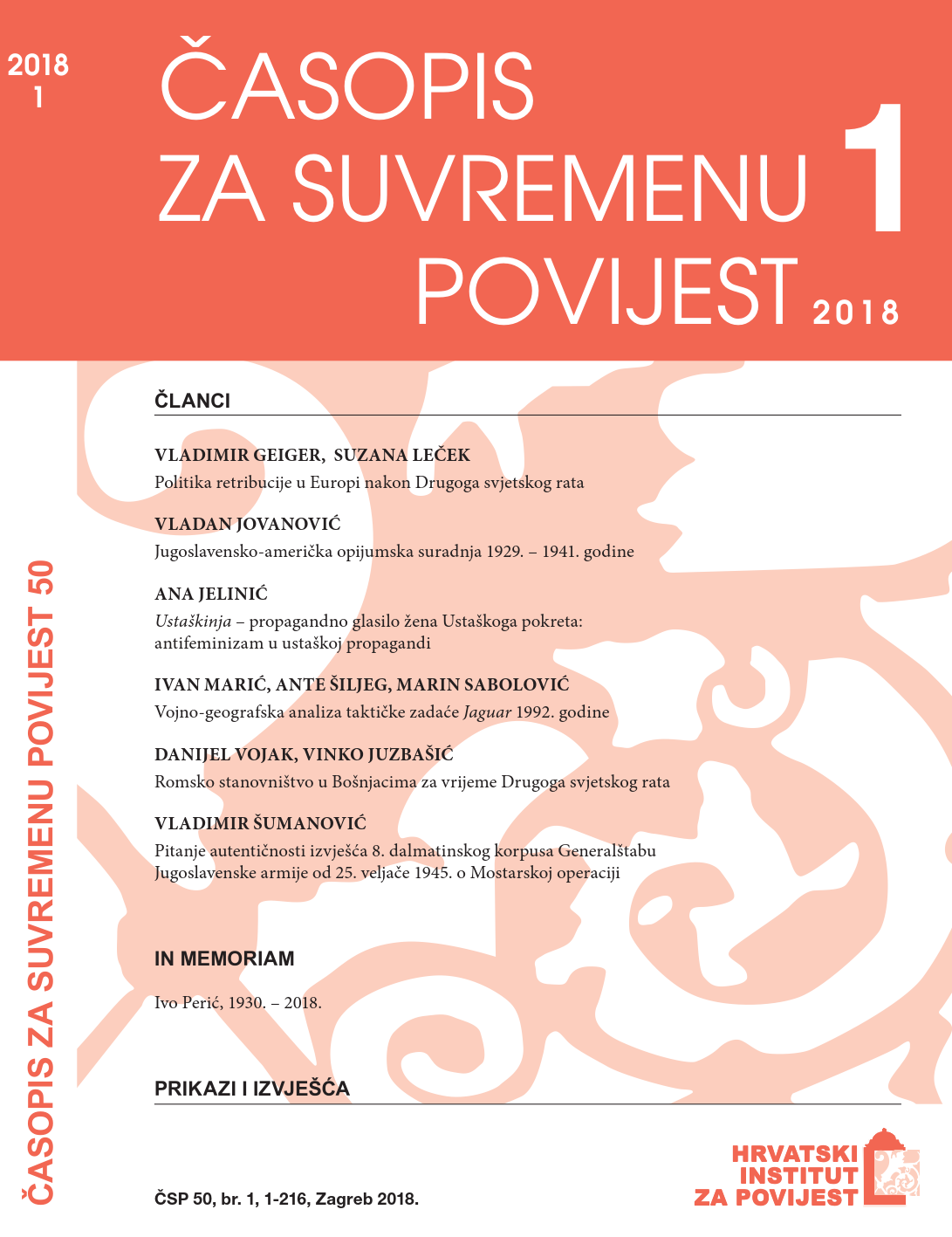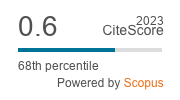The Romani Population in Bošnjaci during World War II
DOI:
https://doi.org/10.22586/csp.v50i1.45Keywords:
Roma; Bošnjaci (village); Srijem (Syrmia); Jasenovac; Independent State of CroatiaAbstract
The history of the Romani population from their settlement in medieval Europe until today was for the most part marked by periods of violent persecution, which often had the goal to completely assimilate them into the majority population of a certain area. Periods of peace and a certain form of peaceful coexistence with the majority population were rare, and the Romani population continued to “survive” on the socio-economic margins of European societies. The Roma had similar predominantly negative historical “experiences” in Croatian areas. Thus, they also experienced periods of repressive assimilation, which reached their climax during the Independent State of Croatia. The Romani population then found itself targeted by Ustasha racial policy and excluded from Croatian society, which led to their deportation, torture, and killing in various concentration camps, primarily Jasenovac. The consequence of this policy was the almost complete demographic “eradication” of the Roma in Croatian areas. The research presented in this paper is focused on the village of Bošnjaci in Srijem (Syrmia), which was home to several hundred Roma before World War II. Most of them led sedentary lifestyles and constituted an integral part of the community through their economic activity, crafts, trade, and agriculture. After the establishment of the Independent
State of Croatia, Ustasha racial policy encompassed this rural community, and as a result the Roma were labelled as “dangerous enemies” and “parasites” upon “the pure Croatian racial body”. The deportation of the Roma was conducted in June 1942, when the Roma from Bošnjaci were taken on foot to the county railway station, and then by train to Vinkovci. From this town, they were deported by train to Jasenovac. Only two Roma survived – they were soldiers of the Kingdom of Yugoslavia, captured by the German military and sent to perform forced labour in German and Italian camps. The number of Romani victims from Bošnjaci still hasn’t been fully researched despite 11 known attempts. It is, however, known that nobody declared themselves as Romani in the village of Bošnjaci and the entire surrounding district at the time of the next population census (1948). Almost the entire pre-war Romani community, which numbered at least a few hundred Roma, was destroyed as a consequence of Ustasha racial policy. According to the most recent population census, only seven people in this village declared themselves as Roma.
Downloads
Published
How to Cite
Issue
Section
License
Copyright (c) 2018 authors and journal

This work is licensed under a Creative Commons Attribution-NonCommercial 4.0 International License.
Copyright holders are the publisher Croatian Institute of History and the authors. Journal of Contemporary History is an Open Access journal. Users are allowed to read, download, copy, redistribute, print, search and link to material, and alter, transform, or build upon the material, or use them for any other lawful purpose as long as they attribute the source in an appropriate manner according to the Creative Commons licence CC BY-NC. The papers published in Journal of Contemporary History can be deposited and self-archived in the institutional and thematic repositories providing the link to the journal's web pages and HRČAK. Journal does not charge article processing charges (APC). The editors assume no responsibility for statements of fact or opinion made by contributors.




